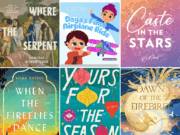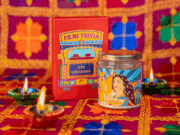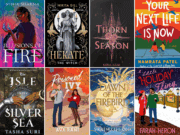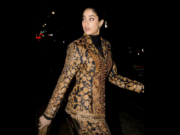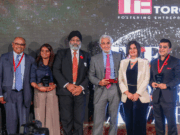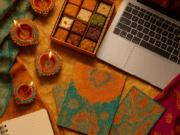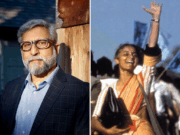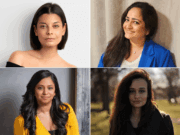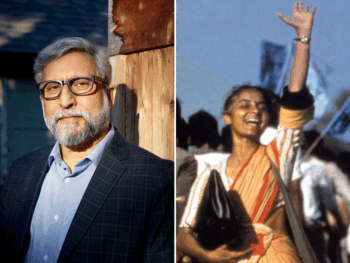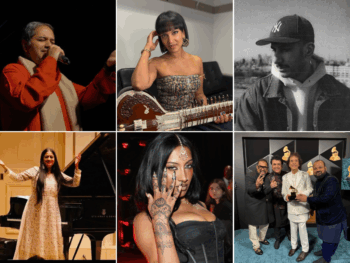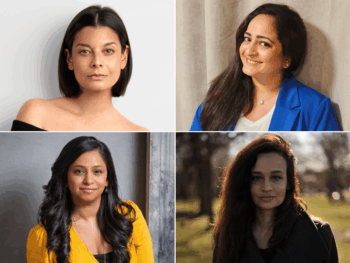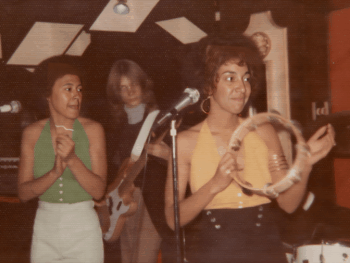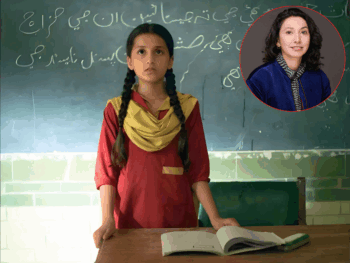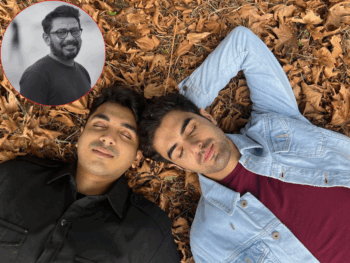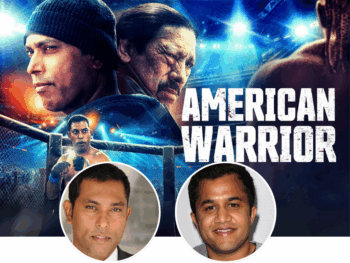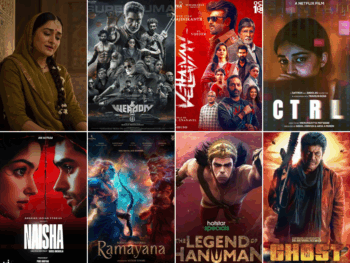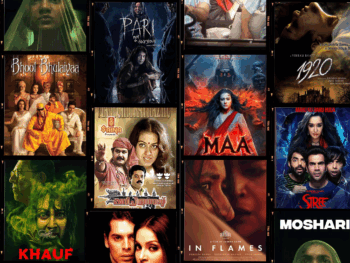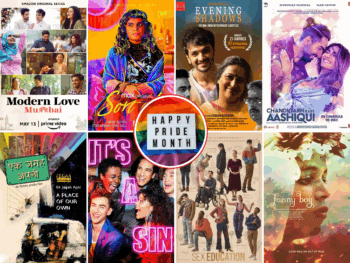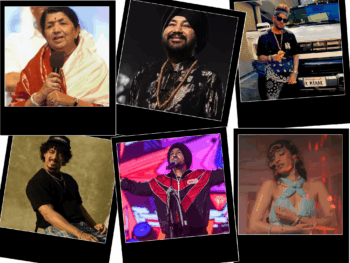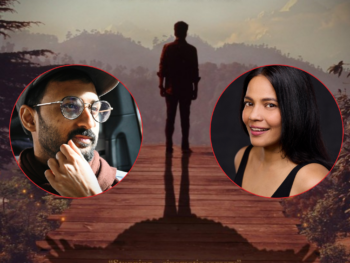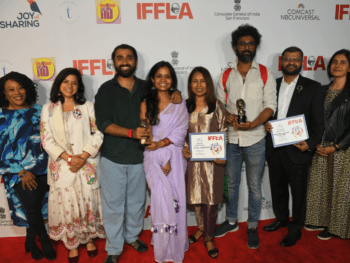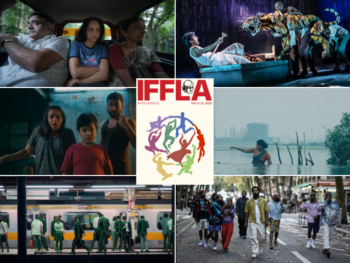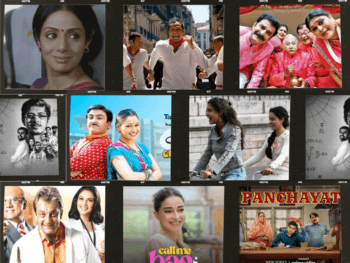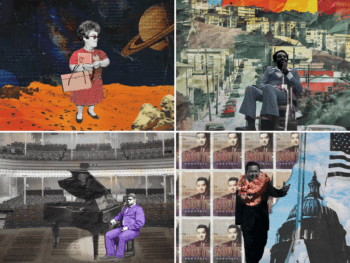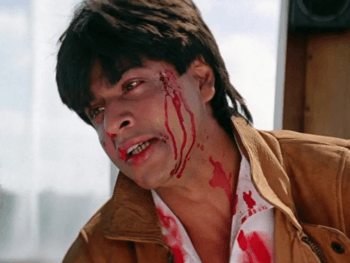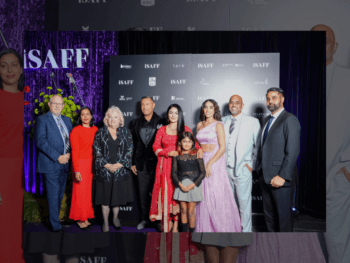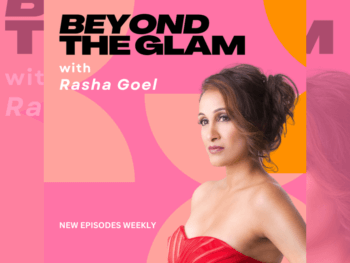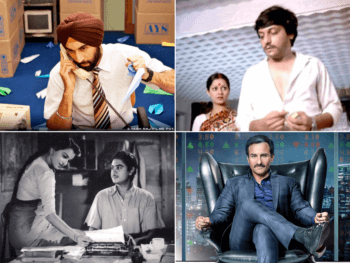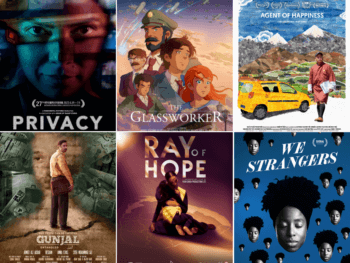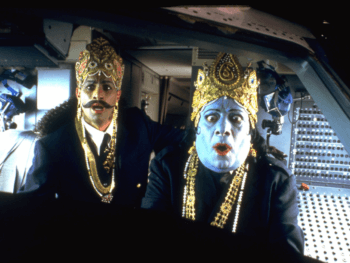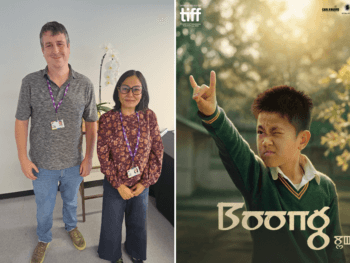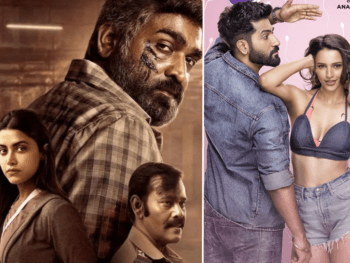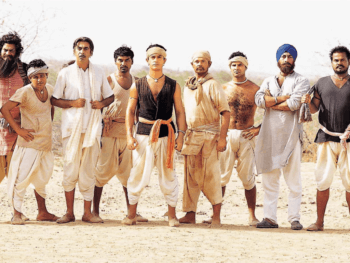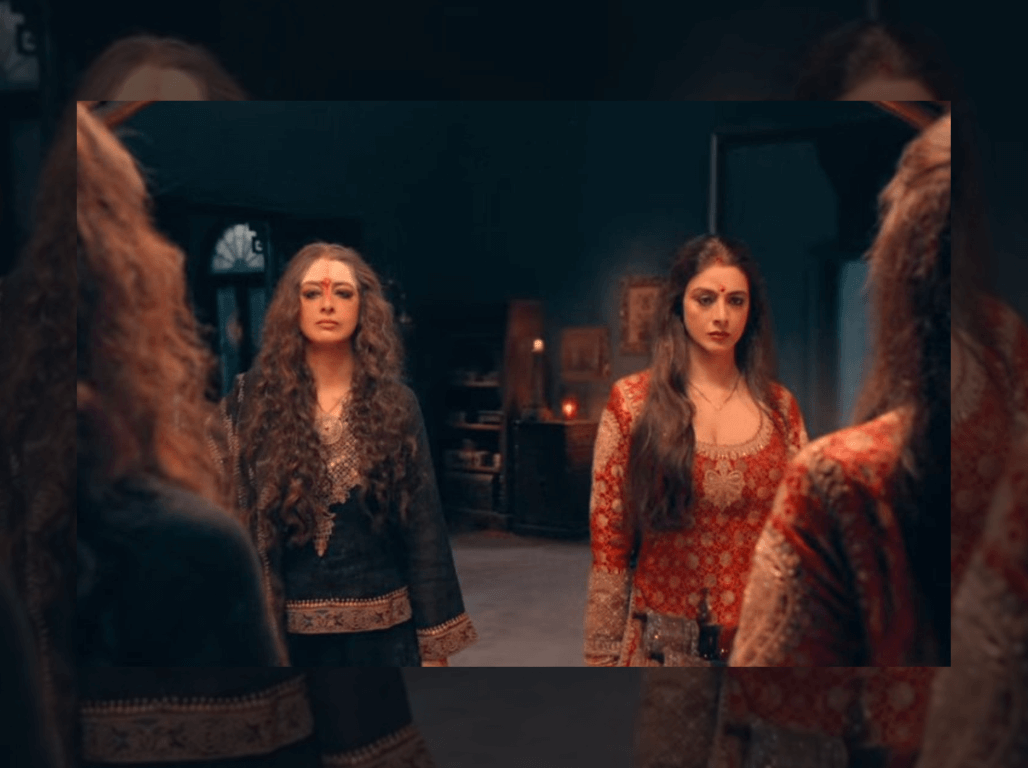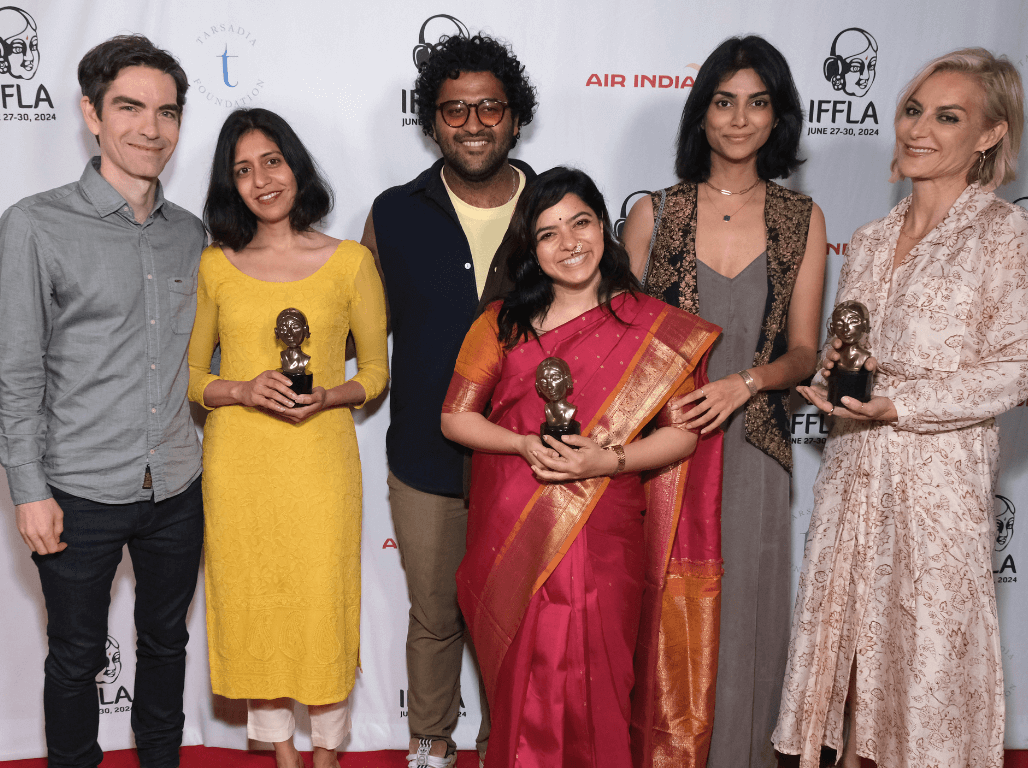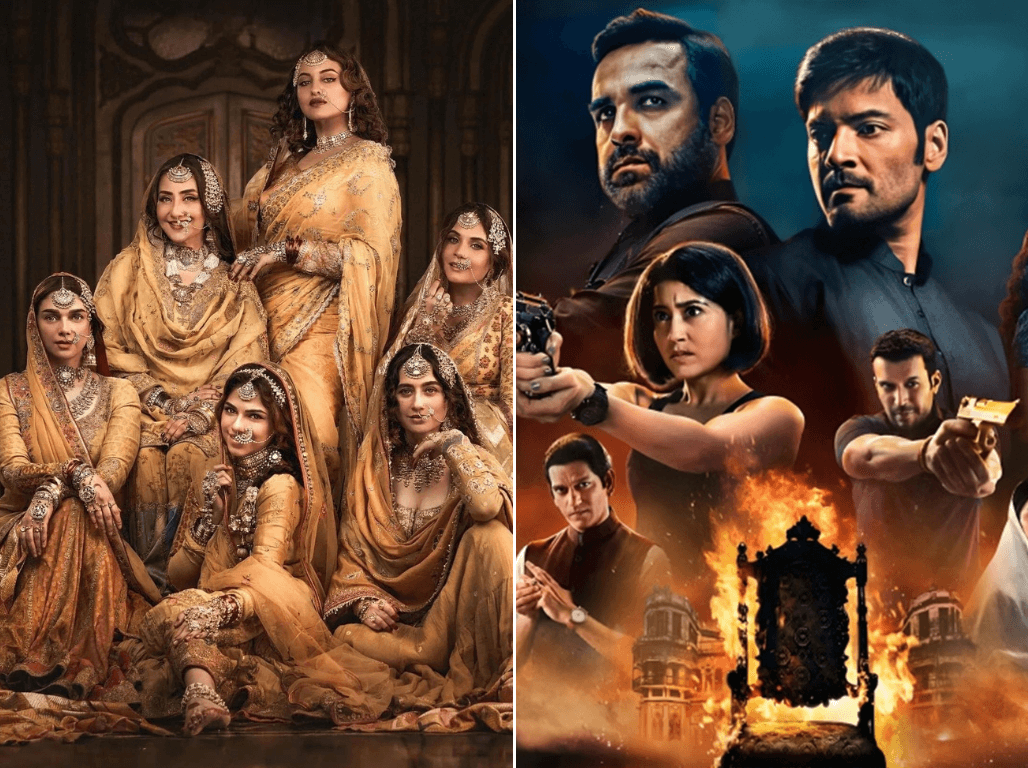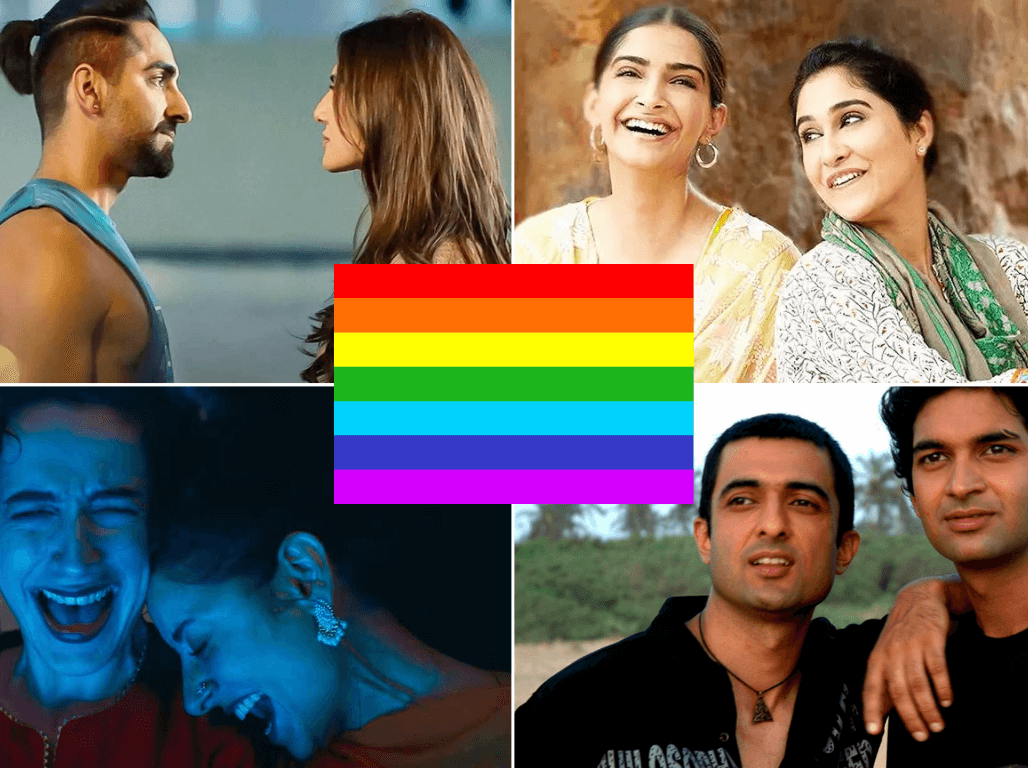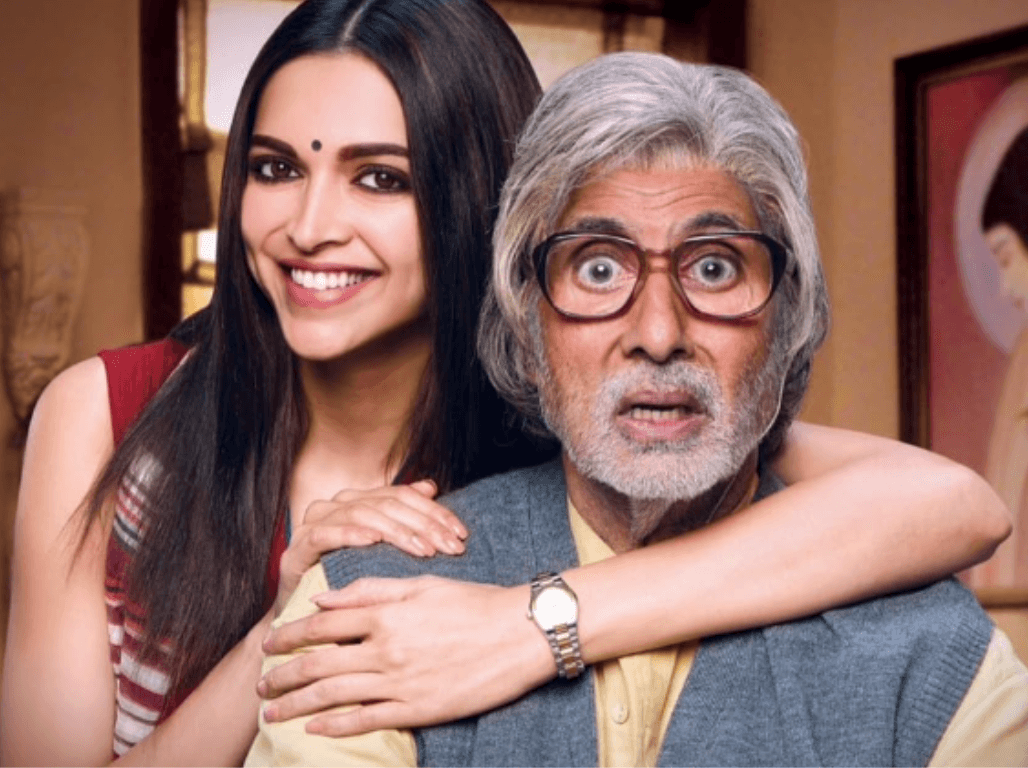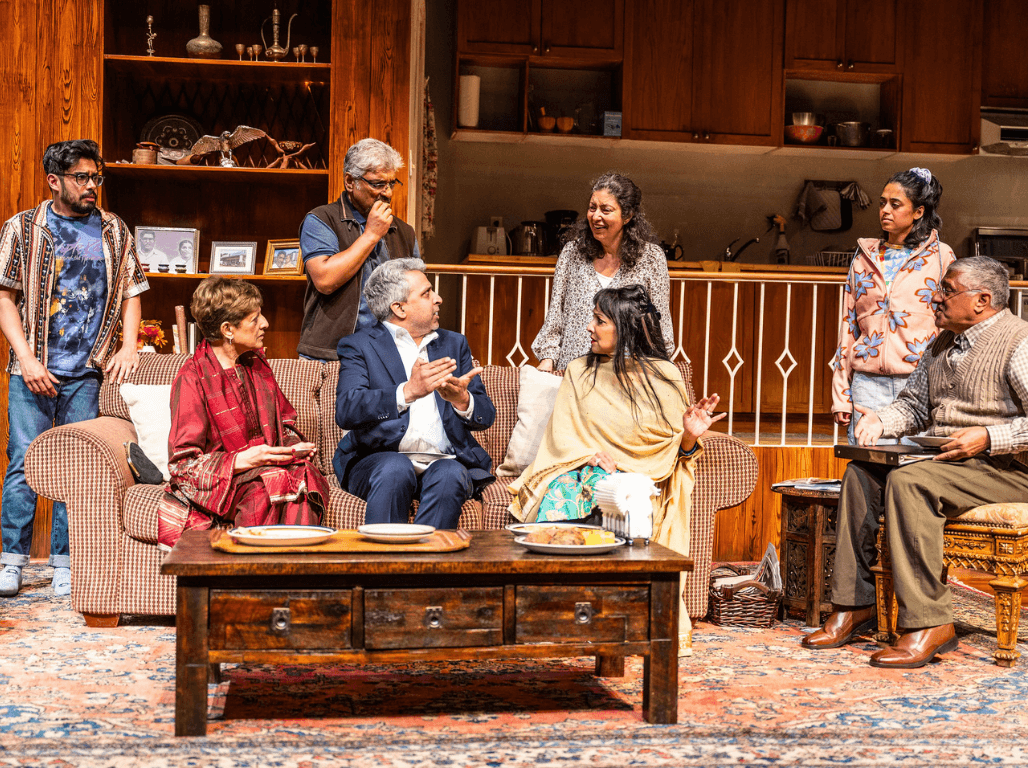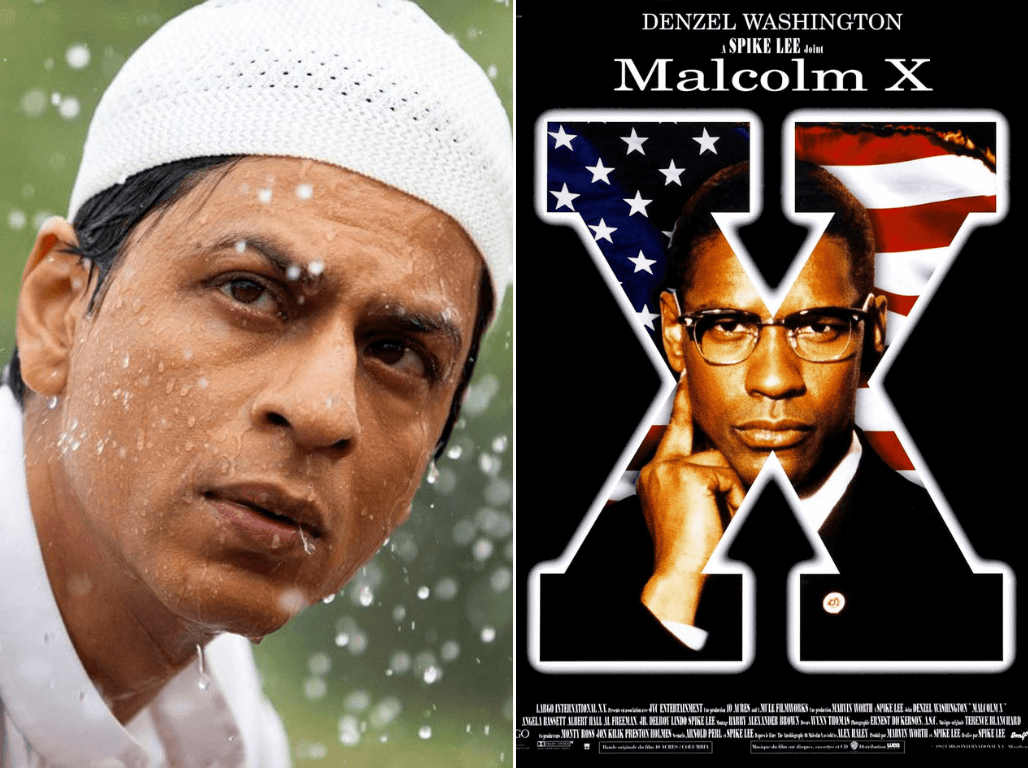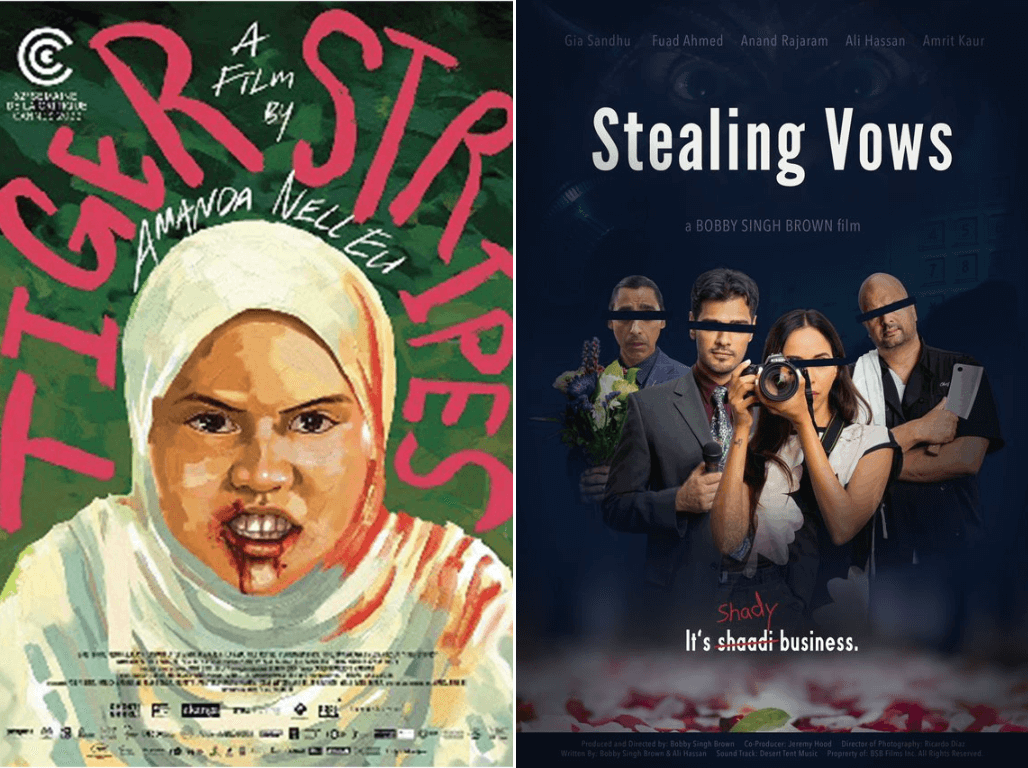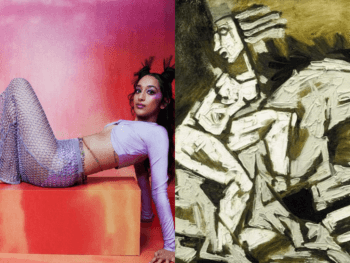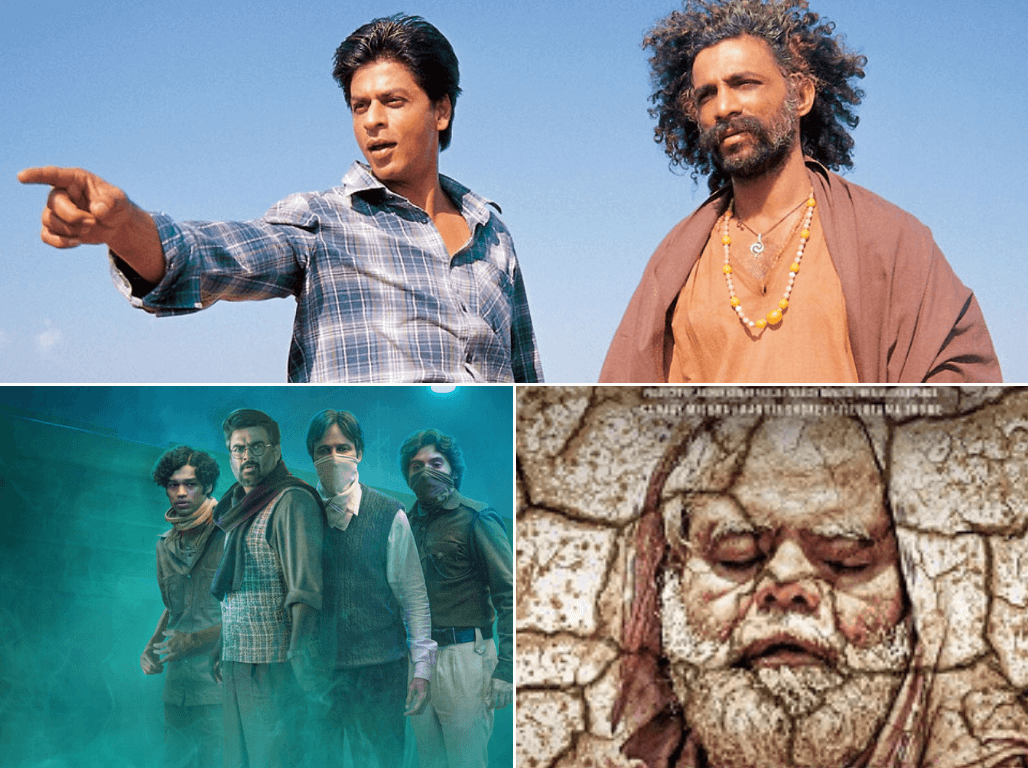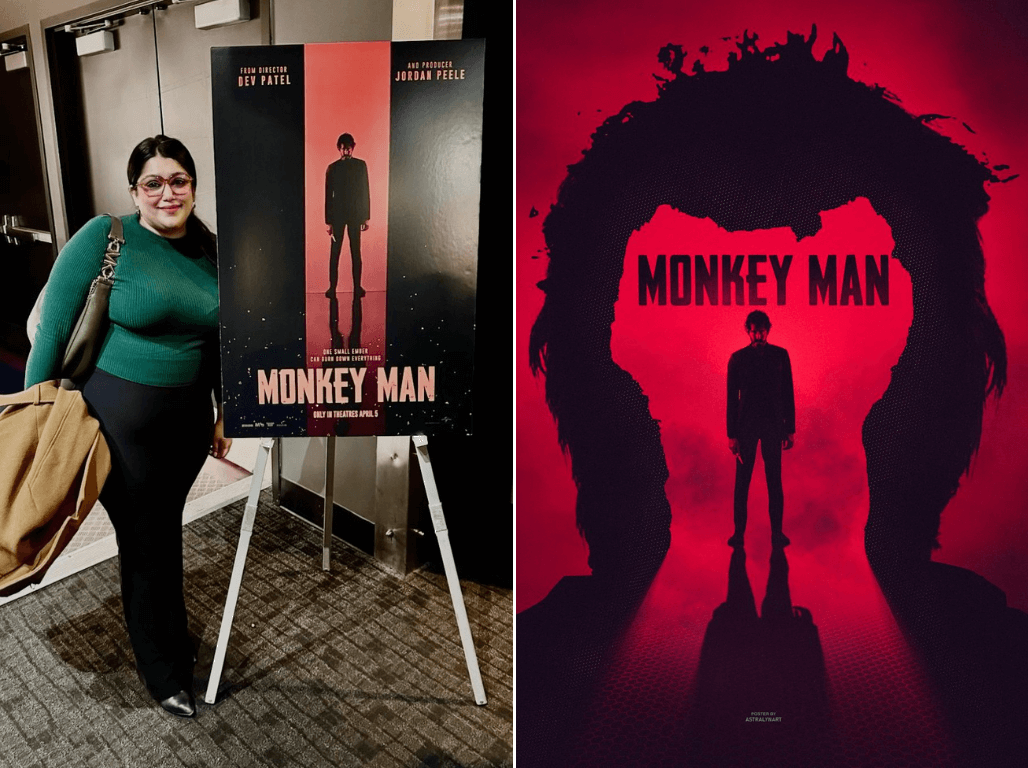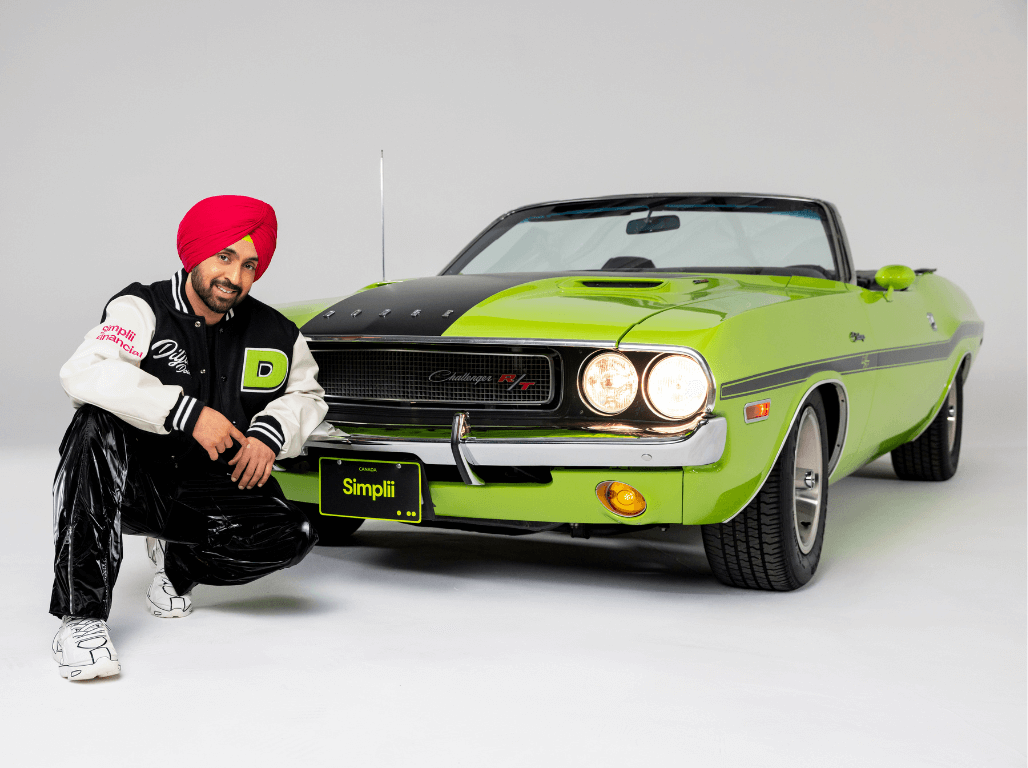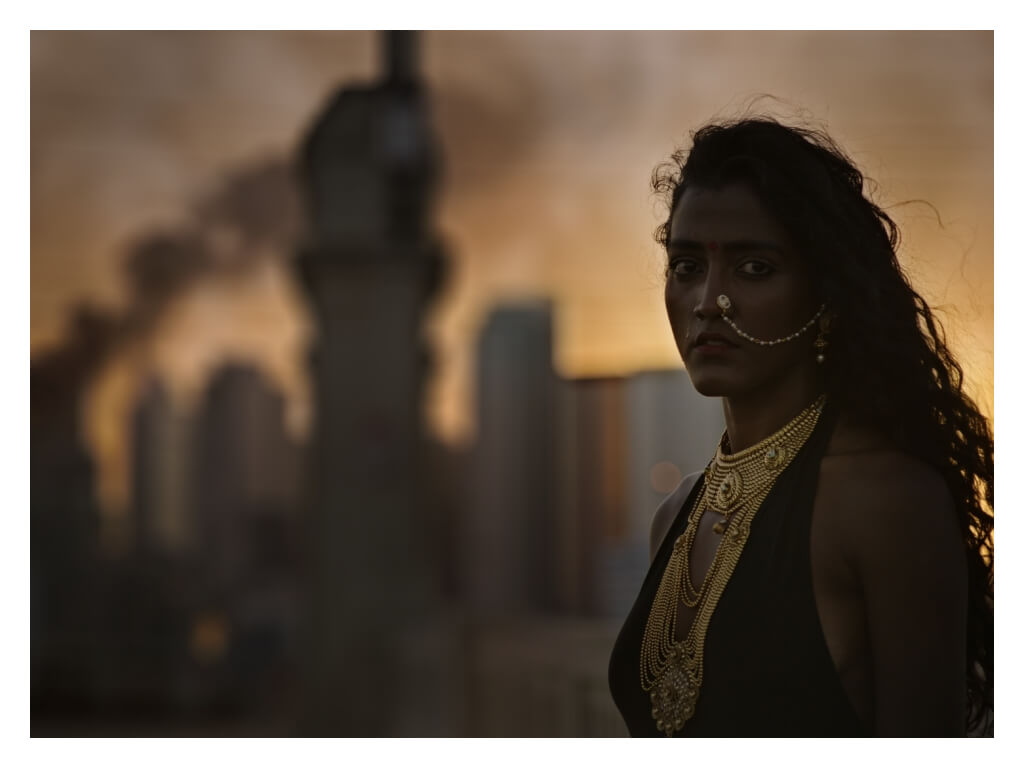
This Prism Prize Nominee “Closer” Is Probably The Most Powerful Anti-Shadism Message You’ll Ever See
Entertainment Jul 07, 2022
DJ and musical artist Khanvict and film director Anjali Nayar are the creative minds behind their latest music video “Closer” which has been nominated for a Prism Prize, a coveted award for “outstanding artistry in music video production artists” in Canada. I chat with Khanvict, Anjali and the actress in the music video Seema Hari about their powerful work which uses Indian mythology to tackle colourism in South Asian history. They share with me how they managed to create their groundbreaking work, the essential timing when it comes to addressing social issues via music, and how this video sparked a whole other conversation on YouTube.
Update: “Closer” won The Audience Award /The Prism Prize on evening of July 7th, congratulations to everyone involved!
Hina P. Ansari: First off, congratulations on being shortlisted for the Prism Prize! What was your reaction when you first heard the news?
Anjali Nayar: I’m obviously elated – this truly was a village effort, a passion project.
Seema Hari: I really could not believe it at first. And then I felt so ecstatic because it felt like we had already won. To be recognized by the Canadian Academy for this prestigious Prism Prize, as a dark skinned caste oppressed immigrant software engineer from India with zero connections in the music or entertainment industries is nothing short of a miracle to me.
Khanvict: We are all pretty stoked! The video got so much love online on YouTube and especially in South Asia and all of Canada.
HPA: Anjali and Seema, how did you two get involved with the video for “Closer”?
AN: Khanvict and his manager were looking for a music video for their song. There weren’t any stipulations on the subject matter, so I let my surroundings inspire me (the fires and protests in Los Angeles) – “Closer” was born with an embodiment of Kali as its heroine. In story conversations with my dear friend Seema [who gives shape to Maya/Kali], the short musical film came to life.
SH: Anjali and I had discussed working on a different music video for a different artist. We discussed common themes in our lives — of how South Asian women (perceived, in my case) have so many expectations and ideals of beauty, behavior etc. imposed on us under the name of tradition and culture that are deeply rooted in patriarchy which we are asked to follow without question. And how our generation’s work is going to be about breaking free of all these expectations and paving a path to true freedom for the generations that come after us. That music video never worked out.
But soon after that Asad [aka Khanvict] approached Anjali about music videos for his upcoming album, and Anjali came up with the first concept for “Closer” featuring a female protagonist who breaks cycles of oppression. She described the concept to me over dinner one night and I was thrilled at the idea of working with her again. Over many conversations after that about the story, I was able to add my perspective of breaking free from colorism, my lived experiences of being bullied, harassed and driven to the point of suicide because of my dark skin and how I drew strength from the philosophy and mythology of Kali/Tara after I met artist Reva Pandit who saw a resemblance to her interpretation of goddess Kali in me, which put me on the path to fighting colorism. So we wrote those details into the story and constructed the final narrative of how breaking down systems of oppression requires us to come to terms with our complicitness and reckon with our own egos. And then Anjali recruited the most wonderful creative team to help us bring her vision to life!
HPA: How was this video conceived? What was the process?
Khanvict: When we sent [Anjali] the song, she had this idea. And at the same time there were themes of fighting against that kind of oppression and they were all being sort of thrown around. She was in that zone, which I think she really wanted to make a film around how she was feeling.
AN: 2020 was a year of reflection for me. As neighbourhoods burned around me, as part of climate, COVID, truth and class wars, I couldn’t help but wonder if anything from our current system was salvageable. Instead of pointing fingers, I wanted to do what I could to help within my own community. Somewhere on the interwebs I came across the following note. It resonated not only to me as a human but to the ideas I grew up with in my South Asian household growing up: ideas of attachment to ego, of life and death, of regeneration and hope.
If my son went for some Skittles and didn’t return or
Played in the park and didn’t return or
Went for a jog and didn’t return or
Sold cigarettes on a corner and didn’t return or
Went to a party and didn’t return or
Reached for his licence and didn’t return or
Resisted arrest and didn’t return and
With his last dying breath called out my name
I would set the world on fire and
Let it all burn
As brown women, we are expected to be obedient children, fair (light-skinned), agreeable, go to Ivy League schools, become engineers and doctors, be dutiful and deferential spouses, sisters, mothers and daughters. So much of our measure of “good” is based on antiquated and bigoted ideals dictated by our parents, grandparents, aunties/uncles and wider community. If we can’t point to our own communities and expect better, how could we expect more of the head of state? Change starts at home, it starts in our households and among our communities.
This film was made in quarantine by brown people and their allies, as a creative outlet and expression of hope for a better and more equitable future, where people are not judged based on who they are, who they love and how they pray. Although this film digs deep into our South Asian heritage, there are many similarities between our caste/colourist system and the current issues in the Americas. This is our allegiance to the common cause. In the words of Isabel Wilkerson, “We were not here. But …, as the younger generation, we should acknowledge and accept the responsibility. And for the generations that come after us, we should be the guardians of the truth.”
HPA: I’m a firm believer that there’s a time and place for certain stories to be told. You were storyboarding this video during that summer of BLM in 2020. Do you feel that this story would not have been told as effectively if it wasn’t taking place that summer?
Khanvict: Yes, it was that summer when we were starting to storyboard. So as you can imagine, emotionally, everybody was in a pretty heightened place.
I think things happen when they’re supposed to. When the right director meets the right stories, have the right cut, the right song, it all comes together. And I think part of all of those things is also your environment, your socioeconomics and what’s going on in the world because it’s all directly affecting us and therefore affecting our output as artists. So yeah, absolutely. There’s a lot of “good coincidences” that goes into something like this coming together.
HPA: Anjali, where was this video shot?
AN: I wrote, storyboarded and did pre-production for the film over a couple of months and then shot over a couple weeks in Los Angeles. We tried to film mainly at sunrise and sunset, which helps drive the narrative of beginnings and endings (samsara). The post-production on the film took several months, it was a lot of hard work for our incredible VFX artist, Trish O’Donnell, editor Jake Shaver and colorist Zachary Cox.
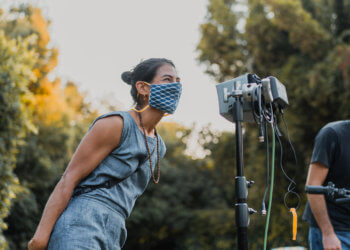
HPA: Khanvict let’s talk about your composition of “Closer”. You include a mesmerizing sample of a classical folk song in your video. Tell me about your idea of threading of the classic folk genre with modern notes.
Khanvict: I was born in Pakistan. I immigrated to Canada when I was 13. I realized I was always drawn more towards the older folk music than some of the newer stuff. My musical journey is kind of interesting today, growing up in Vancouver, on the West Coast with music festivals. Both those worlds: my South-Asian heritage started to meet my love for West Coast-based music, and that’s when I started exploring music and samples. I would also pick up samples of either a guitar or another instrument or vocals. I would do the production in a way where I could imagine it playing in big festivals. And as soon as I heard [the folk song] sample in my library, I was like, ” Oh! I remember hearing this as a kid”.
HPA: The first thing I did after watching the video, was to read the comments. On YouTube “Closer” garnered close to 130K likes. It was amazing to read such feedback from all walks of life, from different parts of the world, and everyone came to the table with their own interpretations of the song. Tell me about your perspective on reading those comments and seeing how it resonated with people.
AN: I kept up with the comments in the first month as the video went viral. What I appreciate most is that everything we wanted to convey (without being too heavy-handed), our thoughtful audience connected with. For individuals from a South Asian background, the understanding of all the color, image, religious and cultural symbolism was really clear. And for folks outside of our community, the film still resonated as a really interesting visual piece that had a lot of meaning in terms of society and the treatment of women. It’s neat when that happens, a director’s dream.
SH: I have read some of them but not all of them. I am so happy to see people having their own interpretations and bringing their beauty, intelligence and experiences to this story. It is a big part of why we kept everything symbolic, so people can create their own stories of liberation based on how it intersected with their lives and the stories they lived with. They get to become the art. It allows people to imagine themselves in the position of the protagonist deeply, and that creates a new level of empathy that has the power to change a person’s mind forever.
Khanvict: It was so obvious to see that it in many ways it was striking like the record or at the very least sparking the right conversation amongst people. In my YouTube page that that video has the most number of views and and most number of comments. The engagement from the audience has never been stronger for us on any topic. And I think it is because it’s the kind of video to leaves you moved and emotionally shifted. It’s that emotional shift that gets somebody to share or to write what they got out of that. It was very nice to see that it was provoking enough inspiration for people to write.
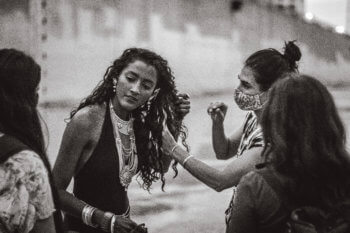
HPA: What was your first reaction when you saw the finished video?
SH: This is going to sound cliched, but when I saw the first edit — I cried. We rarely see empowered dark skinned representation in India or even abroad and to see the story of my life represented so beautifully and cinematically on screen moved me to tears immediately. I had never looked at the monitor or seen any previews while acting so seeing the first edit was very cathartic to me and really healed me in some magical ways.
The subsequent edits I saw kept growing on me as we improved with every round of feedback, and then when I saw the final video — I felt so immensely proud of the whole team. How every little detail was polished to perfection and played its part in holding this story from start to finish. It validated my belief in Anjali’s boundless talent and in the power of collaboration and storytelling.
Khanvict: We were all blown away. All of us were in silence. Everybody was so moved. As soon as the process started, I started to see how thorough Anjali was in presenting each scene and how it was to shift from dark to light, through the emotions. The video was being dissected like how I would dissect a song. It was really cool to see from a visual point of view.
HPA: What do you hope people will take away from the song “Closer” and its video?
AN: Change starts at home, it starts in our households and among our communities.
This film is an expression of hope for a better and more equitable future, where people are not judged based on who they are, who they love and how they pray. Although this film digs deep into our South Asian heritage, there are many similarities between our caste/colourist system and the current issues in the Americas. This is our allegiance to the common cause. In the words of Isabel Wilkerson, “We were not here. But …, as the younger generation, we should acknowledge and accept the responsibility. And for the generations that come after us, we should be the guardians of the truth.”
SH: I hope people feel seen, that they are not alone in their pain and then feel empathetic and empowered enough to take action. I hope they start thinking about taking that first step in breaking a cycle of oppression using any form of power they have, however small it may be. It is about recognizing the connection between our egos and oppressive systems — about how our unhealthy desire to be superior is at the root of so many evils in our society and has led to centuries of oppression and destruction in numerous forms – climate change, racism, casteism, colorism, sexism etc. All systems of oppression rely on people to be silent, to mindlessly adhere to patterns, to conform and not question the status quo for some ultimate reward to our egos. So if we want to build an equitable world, we need to start by breaking these cycles, and that change begins at home by questioning our own egos, and our collective egos and taking those small first steps in our own personal journeys to break these cycles.
View this post on Instagram
Khanvict: To create work that can have impact and highlight stories, especially within my culture, my South Asian culture. That was a very conscious decision we made in the beginning. And I think for us it’s about being able to tell those stories and bring light to those stories that are somewhat brushed under and not talked about as much as it should be.
I think the collective goal of the team was to make sure that it reaches as many people as possible. So many people can hear the story. And then anybody who has had the life that Seema has had as a dark skinned woman raised in India, or is in any part of the world, where they are looked down upon, that they can find a connection and know that that this is a story that is being told as opposed to that’s just like a thing we deal with if you’re from this part of the world.
I think bringing light to Seema’s story because it’s so personal, that’s the #1 goal. And making sure that people are interacting with it in a way so that there’s a conversation around it. We all think the more conversation that happens around it the better.
Main Image Photo Credit: Prism Prize
Hina P. Ansari
Author
Hina P. Ansari is a graduate from The University of Western Ontario (London, Ontario). Since then she has carved a successful career in Canada's national fashion-publishing world as the Entertainment/Photo Editor at FLARE Magazine, Canada's national fashion magazine. She was the first South Asian in...










